Explore the “Magic Towns” of Mexico
History and legend collide in Mexico’s Pueblos Mágicos
/https://tf-cmsv2-smithsonianmag-media.s3.amazonaws.com/filer/0a/1f/0a1fff6e-fd10-4e23-85af-aa1e895448c7/sayulita.jpg)
Most tourists are drawn to Mexico's big-name destinations, like the pre-Hispanic ruins of Chichén Itzá or the crowded plazas of Mexico City. But the country is dotted with lesser-known ruins and other cultural sites, too—places that go far beyond the obvious tourist must-sees. In an effort to highlight those other locales, Mexican tourist officials have been quietly funneling their focus—and money—toward the selection of Pueblos Magicos, or “magic towns,” all over the country. Dozens of towns bearing the designation exist across the country, and more are added to the list every few years. The program highlights the extraordinary qualities of some of Mexico’s most revered locations, and each designation comes along with significant tourism investment to create even more reasons to visit.
To qualify, a city must demonstrate a mix of historical, cultural and aesthetic qualities. Each city has aspects that set it apart from others in the country, including folklore and legends or historical events and a unique everyday life. It must also be well preserved, retaining its heritage-based value both tangibly and intangibly. Twenty-eight new additions out of 180 applicants made it to the list in 2015, bringing the grand total of past and present Pueblos Magicos to 111.
“Mexico’s magic towns are the result of [a] very special dance between ancient history and culture,” Rodrigo Salas tells Smithsonian.com. Salas is a guide with Urban Adventures Mexico City, which runs day trips to Teotihuacan, one of the newest designated Pueblos Magicos. “These elements, combined with the hand of nature itself, have made the perfect blend to take our breath away,” says Salas, who also cites Teotihuacan’s vibrant food scene, which has emerged from what he calls “the secret boundaries between valleys, mountains and deserts.”
From ancient ruins to beaches and festivals, consider visiting these newly-minted "Magic Towns" the next time you're in Mexico:
Mazunte
Turtles and crabs scuttle along the beach in this small town in Oaxaca. Mazunte is known for two things: the Mexican Turtle Center and aquarium that pays homage to the beach-bound critters, and the way the landscape seamlessly transitions from jungle to beach to ocean.
Though turtles were once extensively hunted in Mazunte, now the 702-resident town thrives on income from tortoise conservation efforts. Catch a glimpse of tiny baby turtles as they are "liberated" and sent to the sea during the spring and early summer.
Atlixco
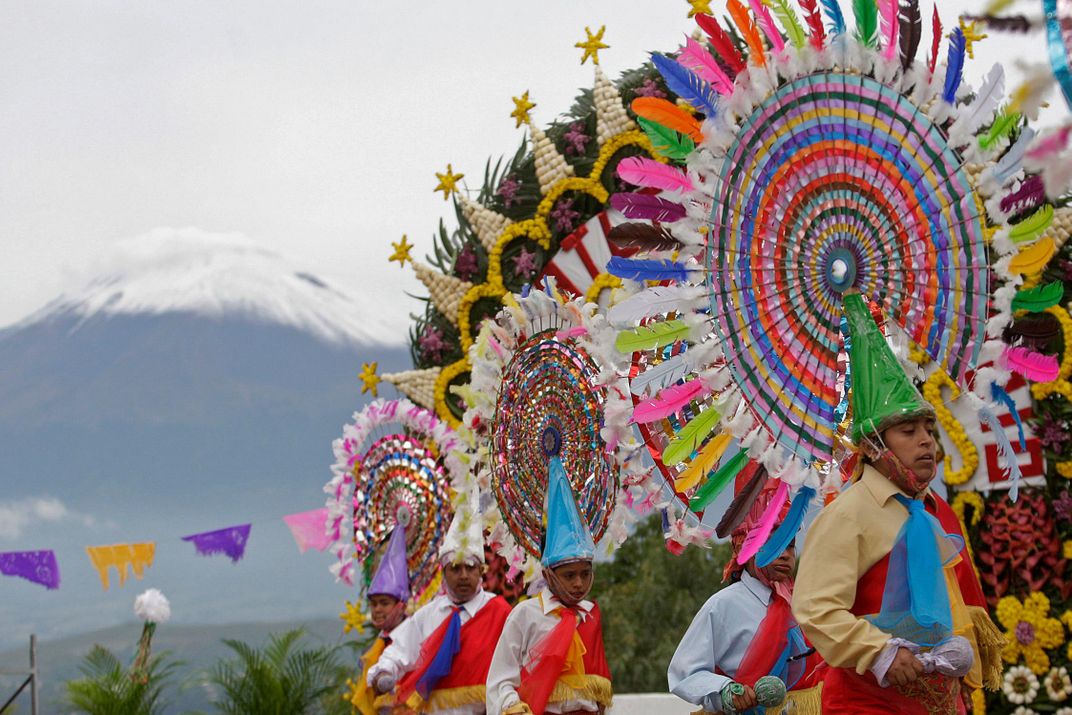
Often referred to as the City of Flowers for its abundance of available gardening supplies, Atlixco also boasts that it has one of the best climates in the world. Three times a year—during the flower festival in March, Day of the Dead and Christmas—the zocalo is blanketed with intricate rugs made of flowers. During Easter, the floral rug is recreated with colored sawdust.
Another one of the town's traditions is September's El Huey Atlixcayotl festival, a revived indigenous celebration that features a parade of larger-than-life puppets called mojingangas.
Palenque
Pre-Hispanic culture comes to life in Palenque, where ancient ruins sit only five miles out of town. The UNESCO World Heritage Site was mainly in use from 500 to 700 A.D. and is incredibly well preserved.
Sculpted reliefs on the ruins' walls tell stories from Maya mythology; the site’s Temple of Inscriptions is the largest Mesoamerican step pyramid and its Maya hieroglyphs helped researchers decode the large parts of the ancient culture. In the era it was used, the site spanned 25 square miles. Only about a half mile has been excavated at this point.
Teotihuacan

Sitting on top of the Pyramid of the Moon at Teotihuacan, you can look straight down the Avenue of the Dead and see how the Pyramid of the Sun reflects the angled lines of the mountain in the background. This was, at one time, the City of the Gods, a holy place near Mexico City where men went to become spiritual beings.
A steep climb up the Pyramid of the Sun’s 243 steps is now a modern pilgrimage. It draws those who wish to pay respect to the pyramid's namesake celestial body and the ancient Mesoamerican culture that lived here. No one knows for sure who built the city, but it shows evidence of Maya, Mixtec and Zapotec influence.
Tequila
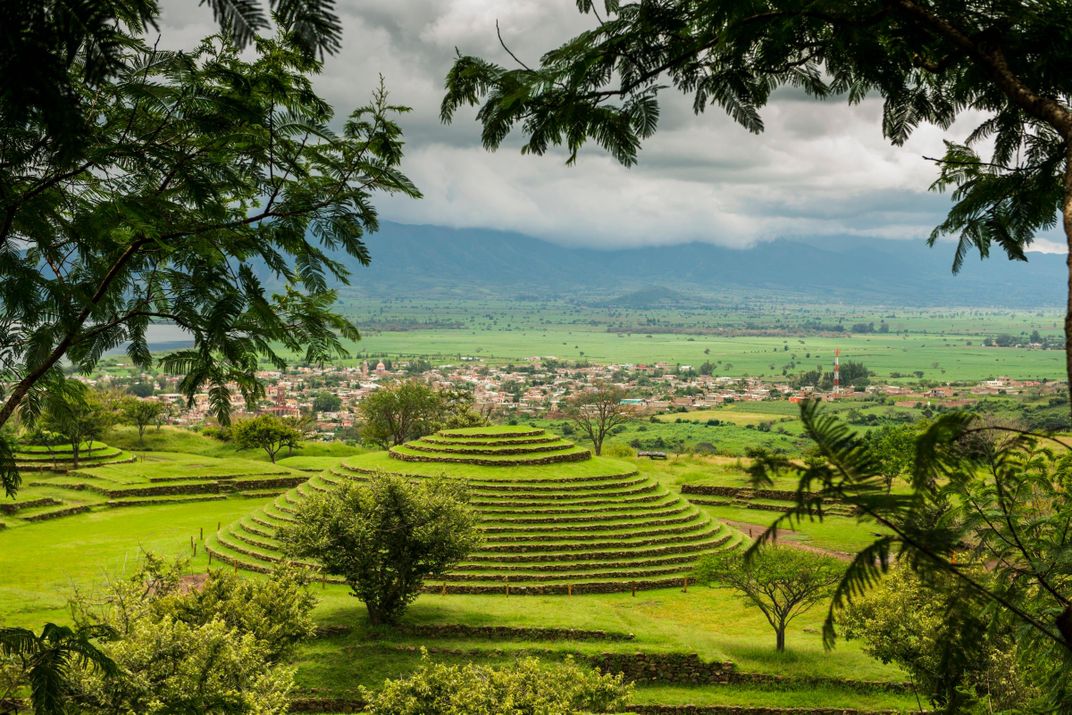
This town may be known for its namesake alcohol production, but Tequila received the designation for its stunning agave fields—all 84,000 acres of them, giving it the nickname "the land of blue gold." It was put on the UNESCO World Heritage List in 2006.
Tequila is about an hour away from a lush jungle perfect for wildlife watching and canopy adventures. The ruins of a few round stepped pyramids, called Guachimontones, stand on the outskirts of the jungle, adding to the mystique of the area’s ancient culture. They are thought to have been built to honor Ehecatl, the wind god.
Tulum
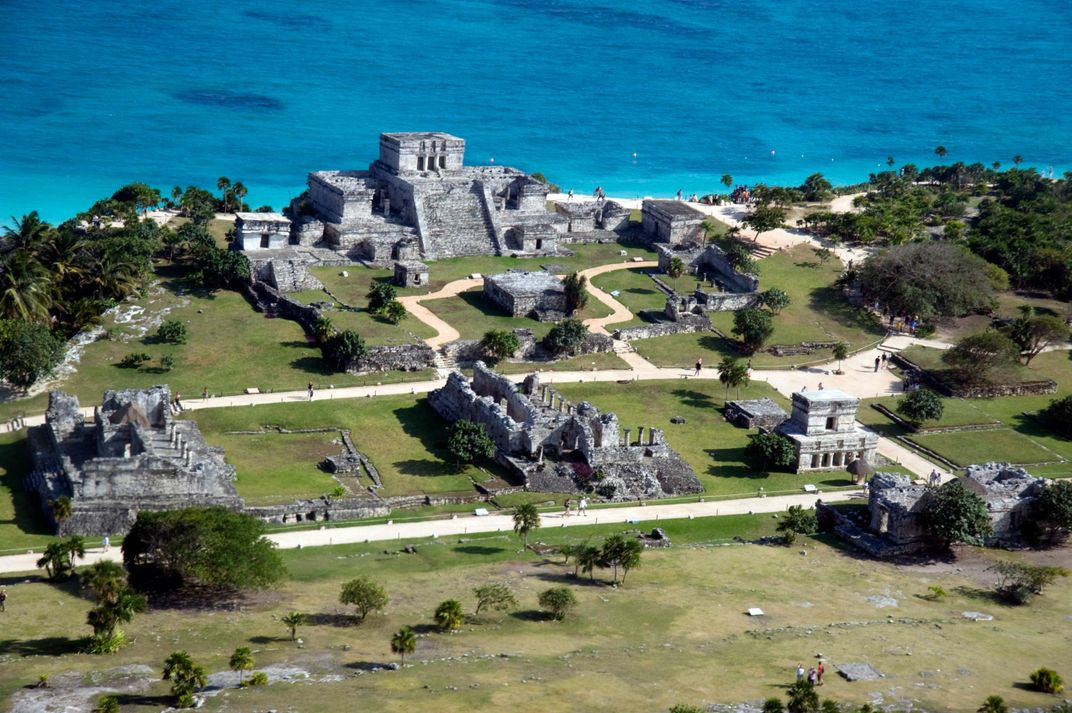
This resort town on the Caribbean coast offers much more than all-inclusive vacations—it’s home to one of the most well preserved groupings of pre-Hispanic ruins in the country. The complex, built in 1200, was mainly a shipping port in the turquoise and jade business. It’s enclosed by a wall on three sides, punctuated by a castle rising about 39 feet above a limestone cliff that watches over the ancient city.
Tulum is much better known than many other towns on the list of "Pueblos Magicos." It earned the designation in part because of its cenotes: underground caverns filled with freshwater. A treat for swimmers and divers, these hidden swimming holes are the perfect contrast to the town’s more crowded beaches.
Planning Your Next Trip?
Explore great travel deals
Smithsonian magazine participates in affiliate link advertising programs. If you purchase an item through these links, we receive a commission.
/https://tf-cmsv2-smithsonianmag-media.s3.amazonaws.com/accounts/headshot/JenniferBillock.png)
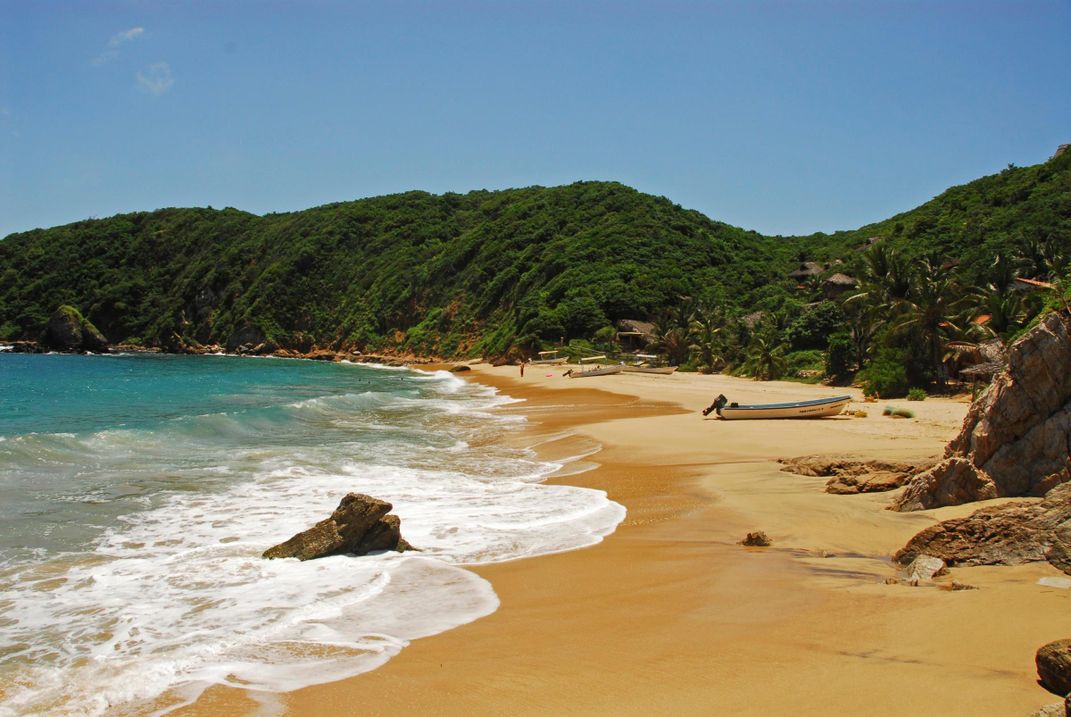
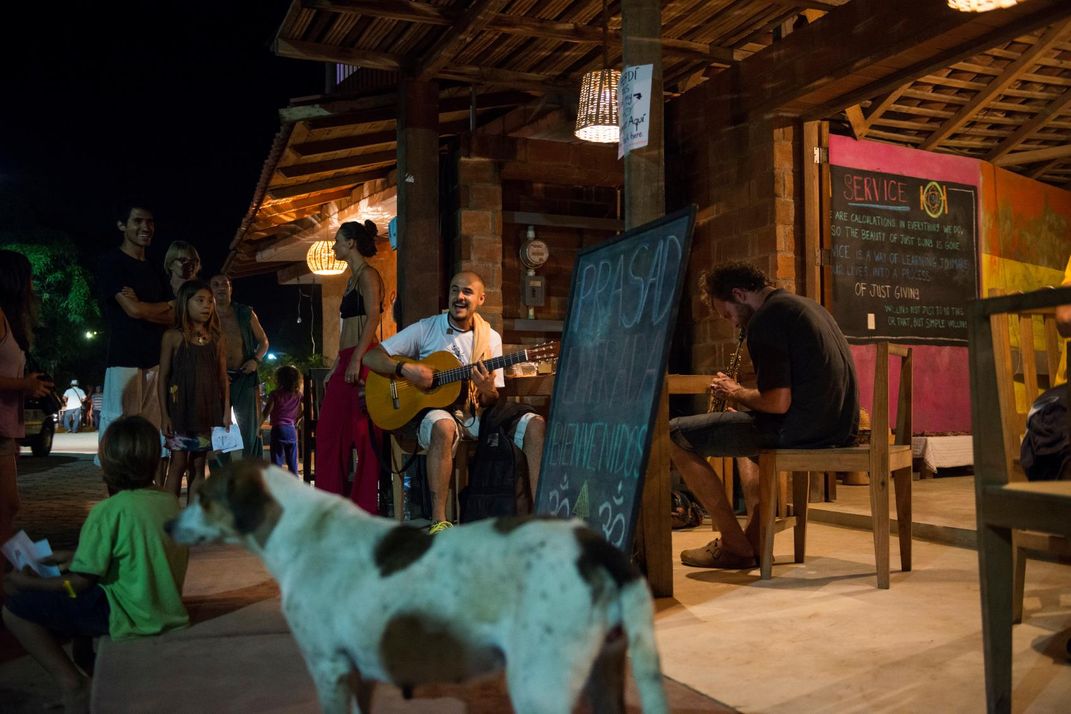
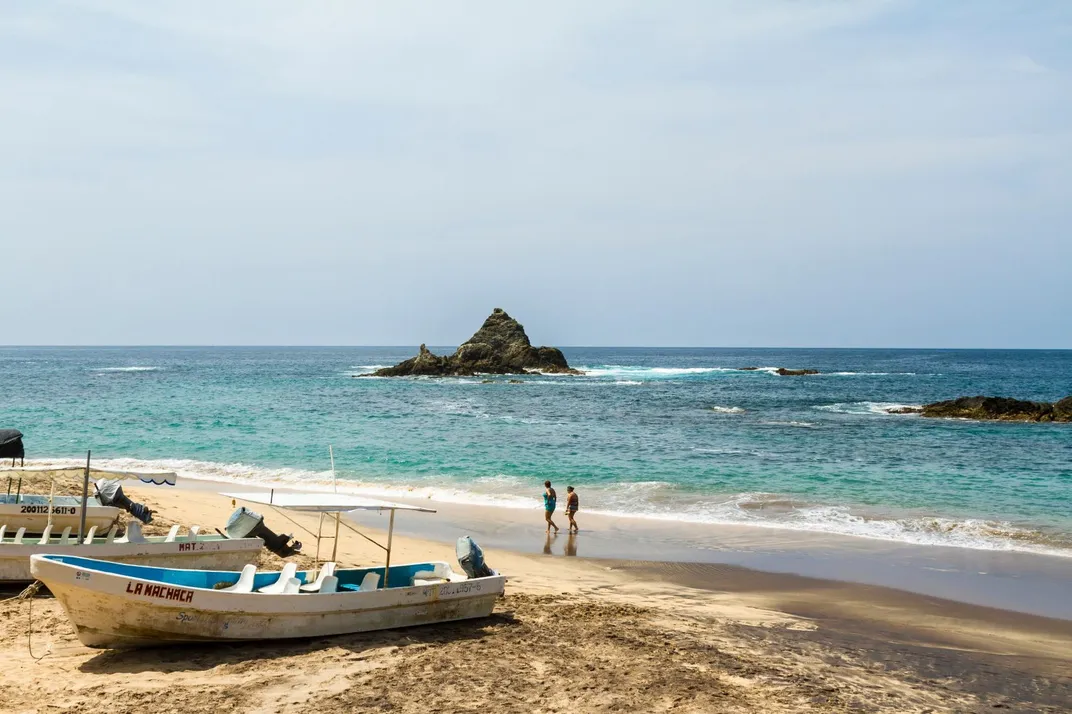
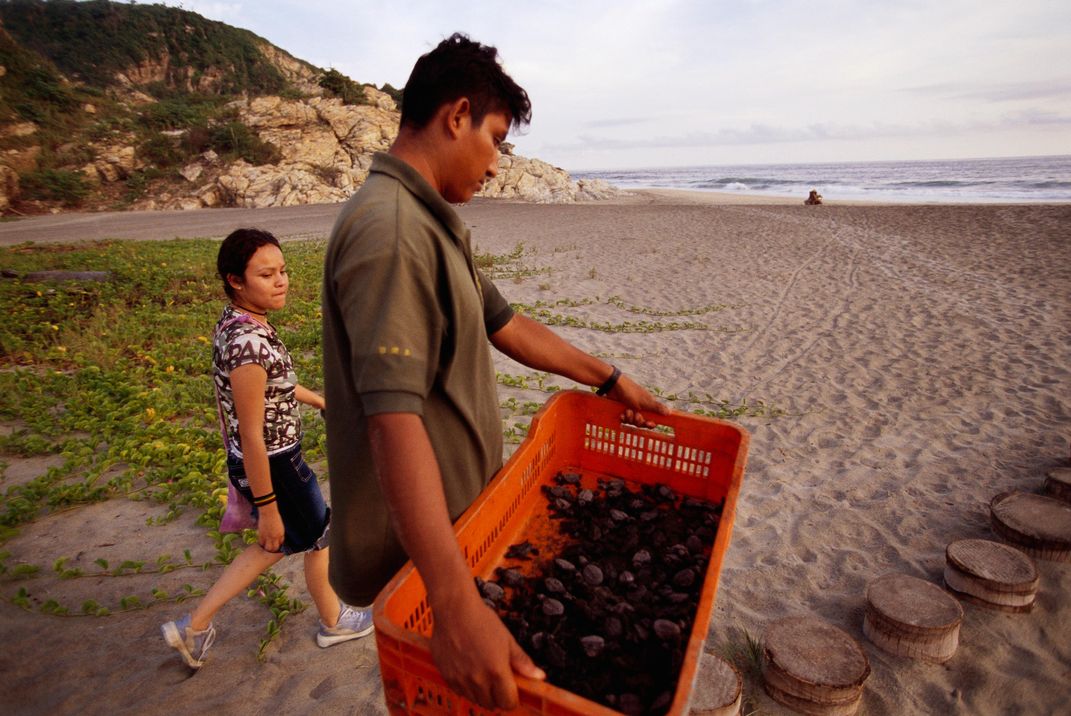
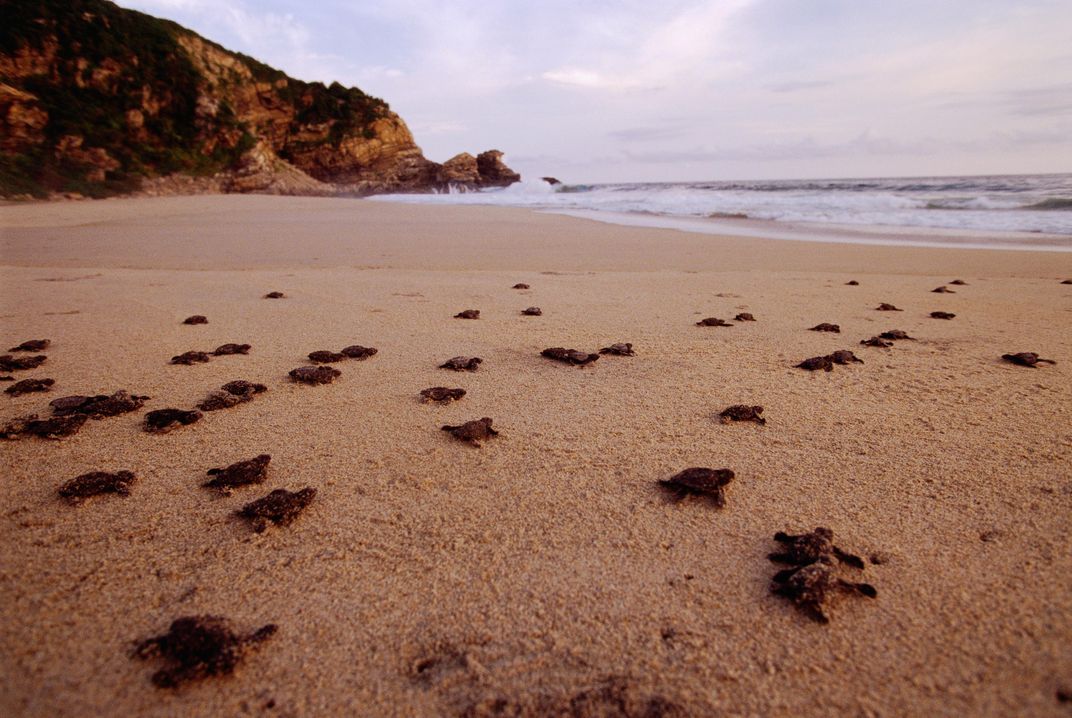

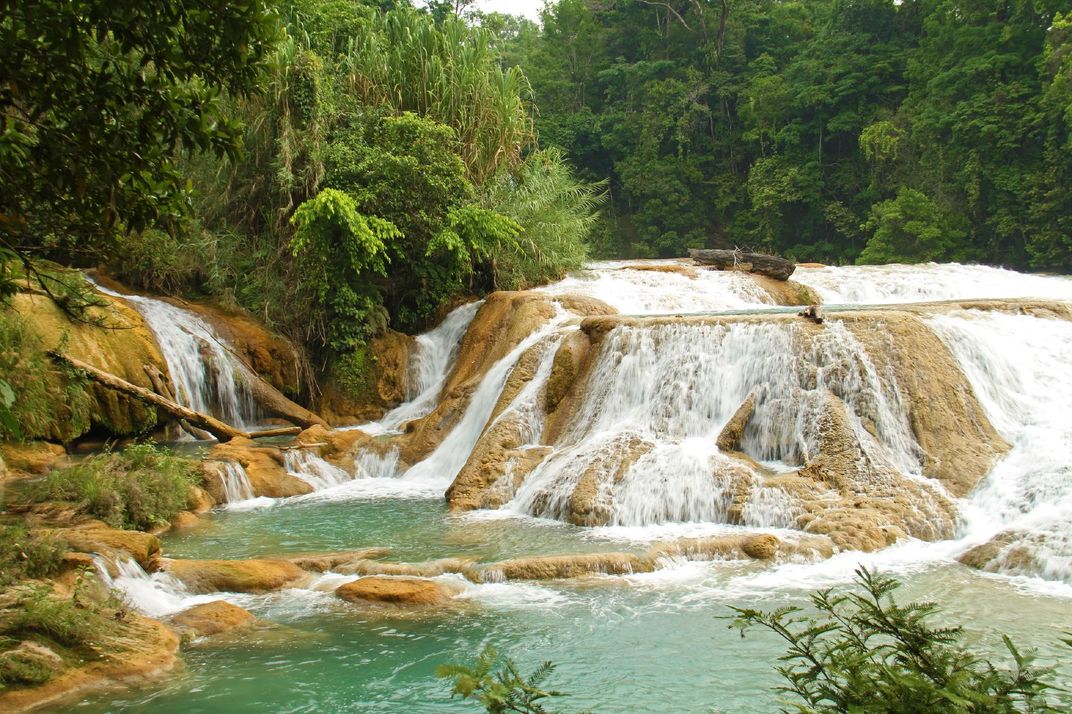
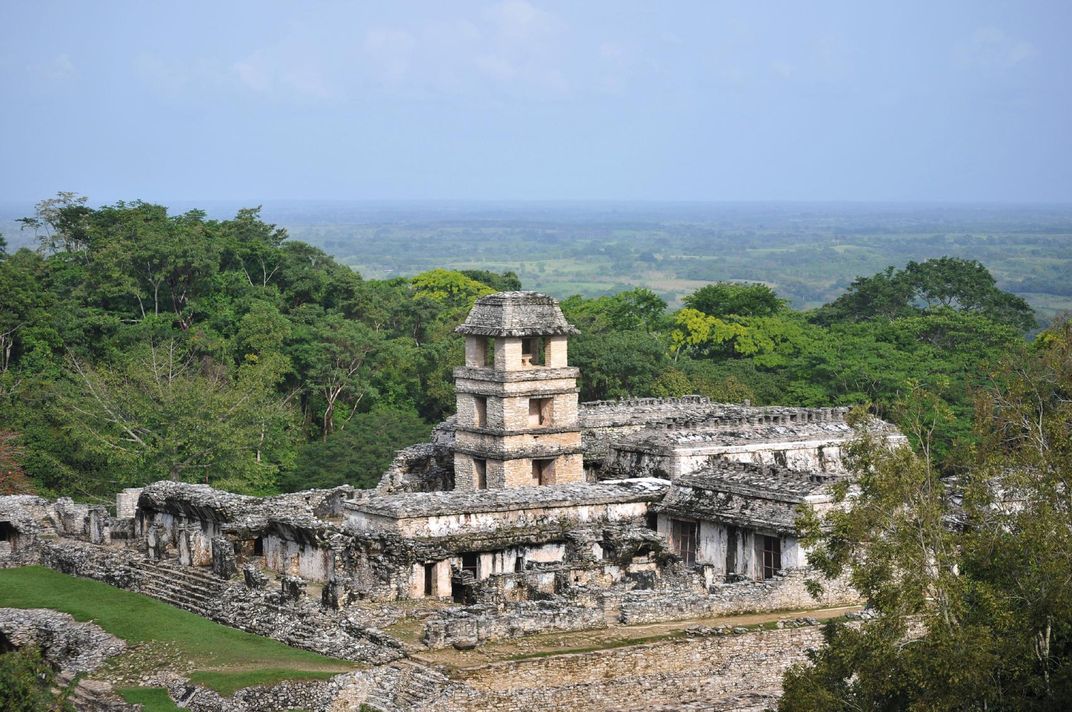
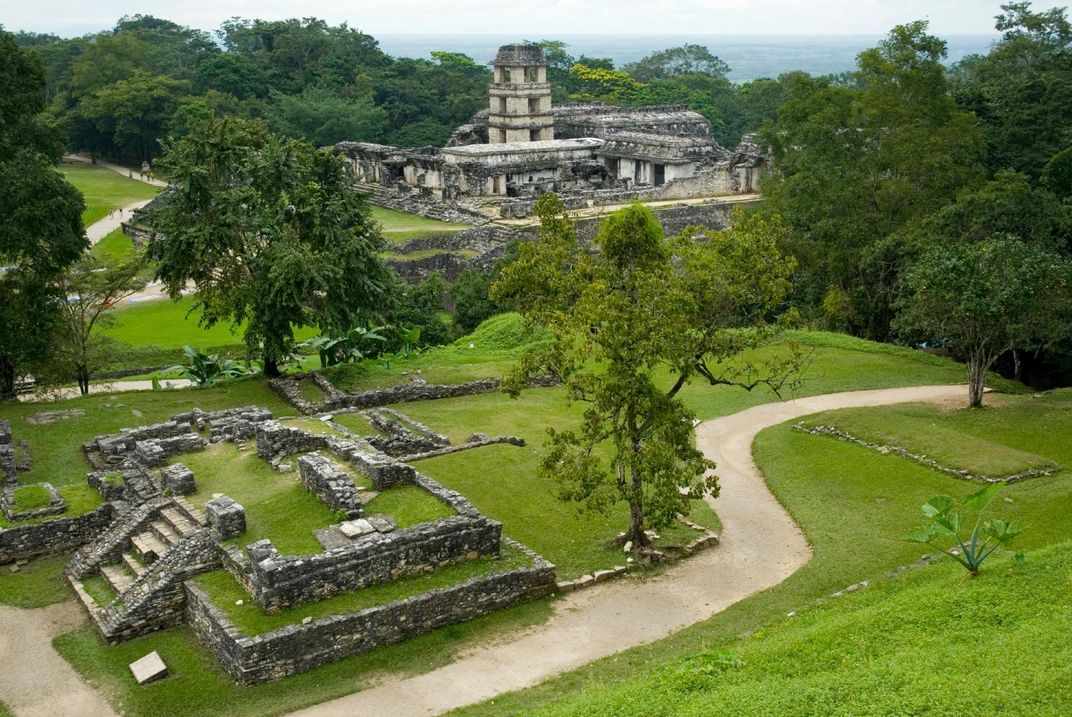

/https://tf-cmsv2-smithsonianmag-media.s3.amazonaws.com/accounts/headshot/JenniferBillock.png)